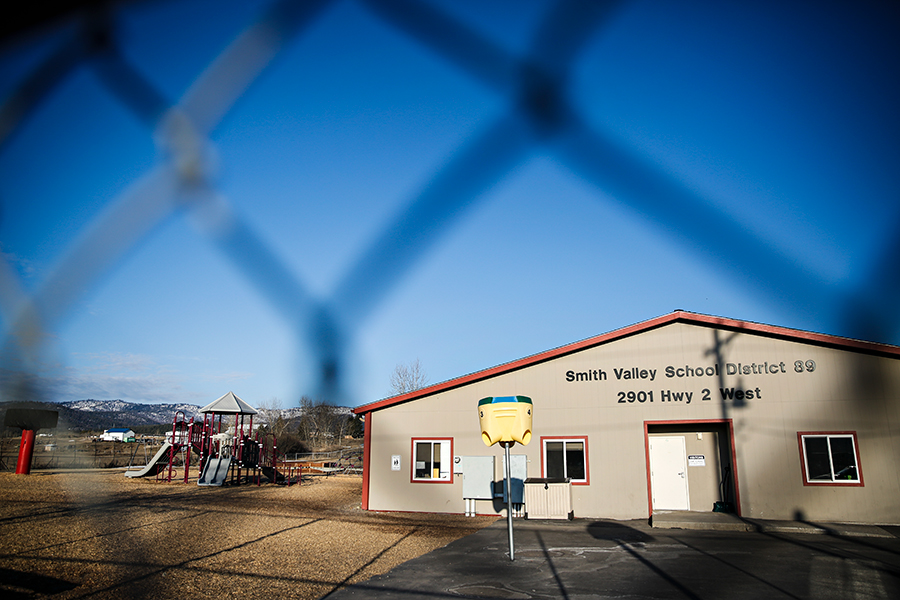Kalispell Schools Struggle with Staffing Shortages, Continue In-Person Learning
The new wave of COVID-19 cases is rippling through local schools and adding to workforce struggles, though district officials hope to avoid remote learning
By Micah Drew
On Tuesday, Jan. 11, Smith Valley School in Batavia announced staff shortages due to the rise in COVID-19 cases were forcing the school to close for the remainder of the week, the first pandemic-related school closure of the new year.
Meanwhile, Kalispell Public Schools (KPS) Superintendent Micah Hill dispelled rumors circulating this week that administrators were preparing to issue a temporary district-wide closure and move to remote learning.
In an interview with the Beacon, Hill addressed misinformation spreading on social media, while emphasizing that the district is prepared for any scenario given the fluidity of the pandemic.
“Coming off of being remote two years ago and having the expectation last year that our staff must be ready to go remote at a very short notice, we should be ready to transition if we have to,” Hill said on Tuesday.
In the interview, and speaking at Tuesday’s school board meeting, Hill said the district is struggling with staff shortages due to seasonal illnesses, COVID-19 and other factors, and the strategy discussions about temporary closures are necessary when buildings cannot fill enough vacancies to effectively operate.
On Jan 11, Hill reported there were 82 staff members absent district-wide and there was a vacancy fill rate of 82%, leaving the district short about 15 employees.
“What do other businesses do when they get to that rate? They’ll cut down on hours of services, but we don’t have that luxury,” Hill said. “We are either open or we’re not.”
Hill said staff were doing a commendable job covering for one another, pointing to an example at Elrod Elementary that day where some teachers doubled up classes to compensate for the absences of four instructors.
“The big question is how sustainable is that if we continue experiencing these kinds of absences?” Hill said. “Do you look at it from a district perspective or an individual building perspective? That’s what we’re wrestling with.”
While staffing concerns are the primary driver of conversations surrounding whether to keep schools open, Hill also said district-wide average daily attendance rates have hovered around 90% for much of the school year, lower than the typical rate of nearly 94-95%.
“Those are pretty significant numbers,” Hill said. “If you hit 10%, for a school of 1,500 kids that’s 150 kids out for seven different classes. It really has an impact on staff and our students.”
That number is likely to take a hit with the wave of Omicron variant cases in the Flathead. KPS operates three COVID-19 testing clinics through a state grant and in the first week of January the clinics had a 25% positivity rate. Between just Monday and Tuesday of this week, the rate jumped to nearly 32%.
“It’s been really challenging and I don’t know if I see light at the end of the tunnel today,” Hill said. “But we haven’t shut down yet, and it’s the last thing we want to do.”